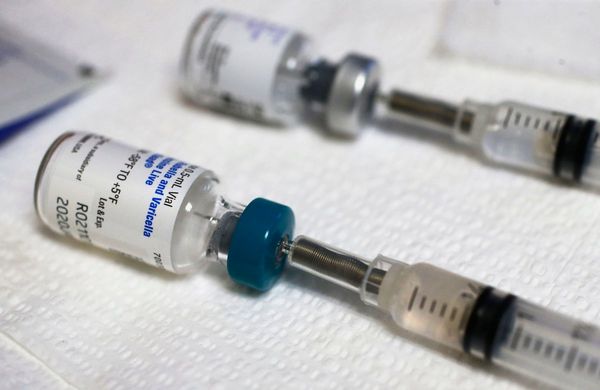
A recent study has revealed that a group of potentially toxic chemicals, known as 'forever chemicals,' are contaminating the drinking water supply for millions of Americans. These chemicals, mostly originating from prescribed drugs, are not effectively removed by wastewater treatment plants, leading to their presence in rivers and lakes that serve as sources of drinking water.
The study, conducted by environmental engineering scientists, analyzed water samples from eight large wastewater treatment plants across the US. Despite the use of advanced treatment technologies, these plants were found to discharge forever chemicals and their derivatives into the environment. It is estimated that approximately 23 million Americans could be exposed to these harmful chemicals through wastewater alone.
Forever chemicals, scientifically referred to as PFAS (perfluoroalkyl and polyfluoroalkyl substances), are known for their persistence in the environment and human bodies. These chemicals have been widely used since the 1950s in various consumer products due to their resistance to oil, grease, and water. However, even at low levels, PFAS have been linked to health issues such as thyroid problems, infertility, and certain cancers.
The study also highlighted the role of wastewater treatment plants in the dissemination of PFAS. While regulations have been introduced to reduce concentrations of some PFAS in drinking water, the majority of potentially hazardous compounds found in the water samples were unregulated, including pharmaceuticals containing PFAS.



Climate change exacerbates the issue by reducing water sources during droughts, leading to increased exposure to these chemicals. As water reuse becomes more common, the vulnerability of water systems to PFAS contamination rises.
Experts emphasize the importance of addressing the problem at its source to prevent PFAS from entering the environment. While individuals can take steps like filtering tap water, the ultimate solution lies in preventing the release of these chemicals into water sources.
Further research is needed to understand the health risks associated with the wide array of PFAS compounds present in wastewater. By identifying and reducing sources of PFAS, steps can be taken to mitigate the impact of these harmful chemicals on public health and the environment.







